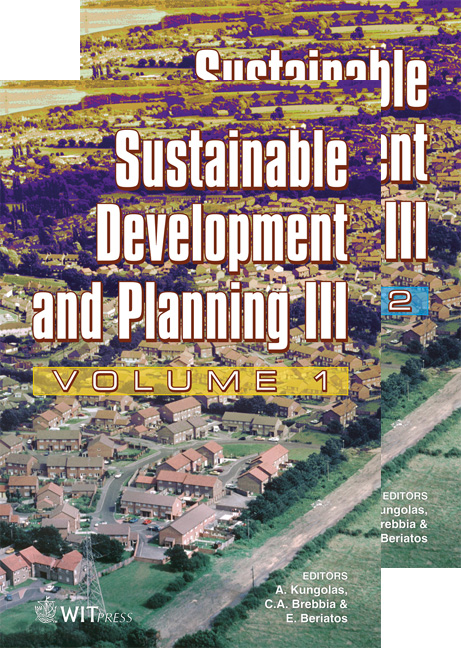Leaching Behaviour Of Impurities In Waste Gypsum Board
Price
Free (open access)
Transaction
Volume
102
Pages
8
Published
2007
Size
948 kb
Paper DOI
10.2495/SDP070952
Copyright
WIT Press
Author(s)
M. Tafu & T. Chohji
Abstract
Gypsum board is widely used as a building material in many countries. In Japan, three million tons of gypsum board is manufactured for building construction, and about one million tons of waste gypsum board is generated from demolition work. Most waste gypsum board has been placed in landfill sites. Recycle processes of waste gypsum boards are needed because of a lack of landfill capacity. To improve the recycle ratio, waste gypsum board is recycled not only into gypsum board but also into other products, such as roadbed materials. Waste gypsum board must be clean from contaminants for recycling. Contaminants such as wood, plastic, metal and asphalt in waste gypsum board are separated from it. However, waste gypsum board contains some chemical impurities in it. When the waste gypsum board is applied to roadbed materials, the impurities can leach from gypsum into ground water; therefore, leaching behaviour of impurities in gypsum is important. Chemical equilibrium tells us important useful information about how to dissolve gypsum. In this study, we developed a novel method for estimating leaching behaviour of waste gypsum based on the chemical equilibrium and experimental studies. From results of chemical equilibrium assessments, it is apparent that gypsum turns to calcium carbonate in a solution containing carbonate ion at alkaline pH, and releases sulfuric ion and various impurities. Experiment results showed that waste gypsum board easily dissolved and leached various impurities in the alkaline solution by the addition of carbon dioxide gas. Keywords: gypsum board, impurities, chemical equilibrium, recycle.
Keywords
gypsum board, impurities, chemical equilibrium, recycle.





